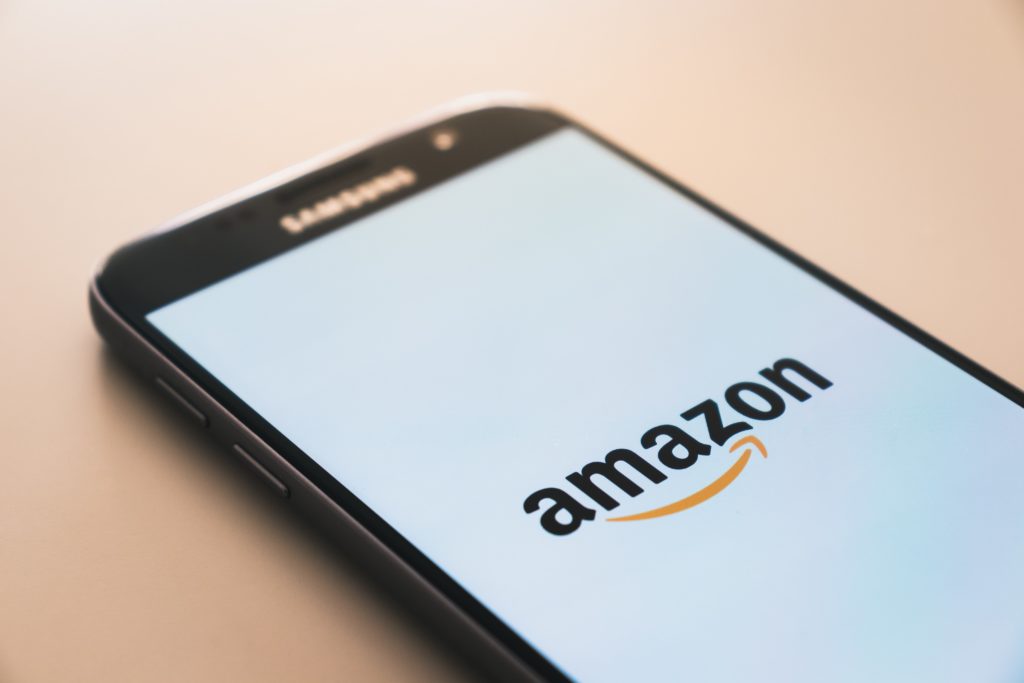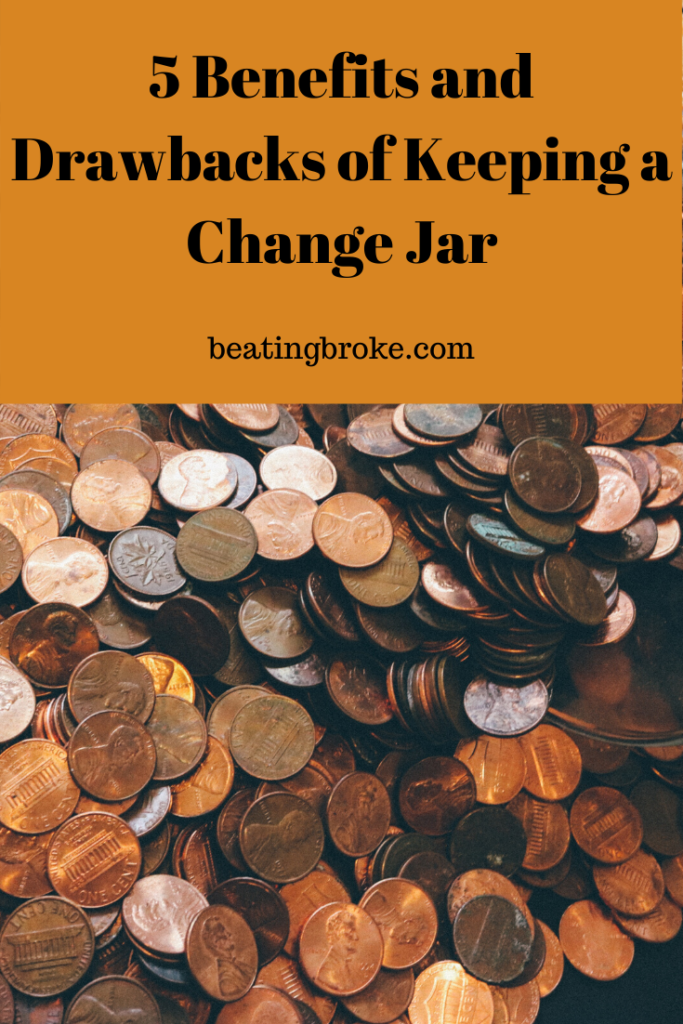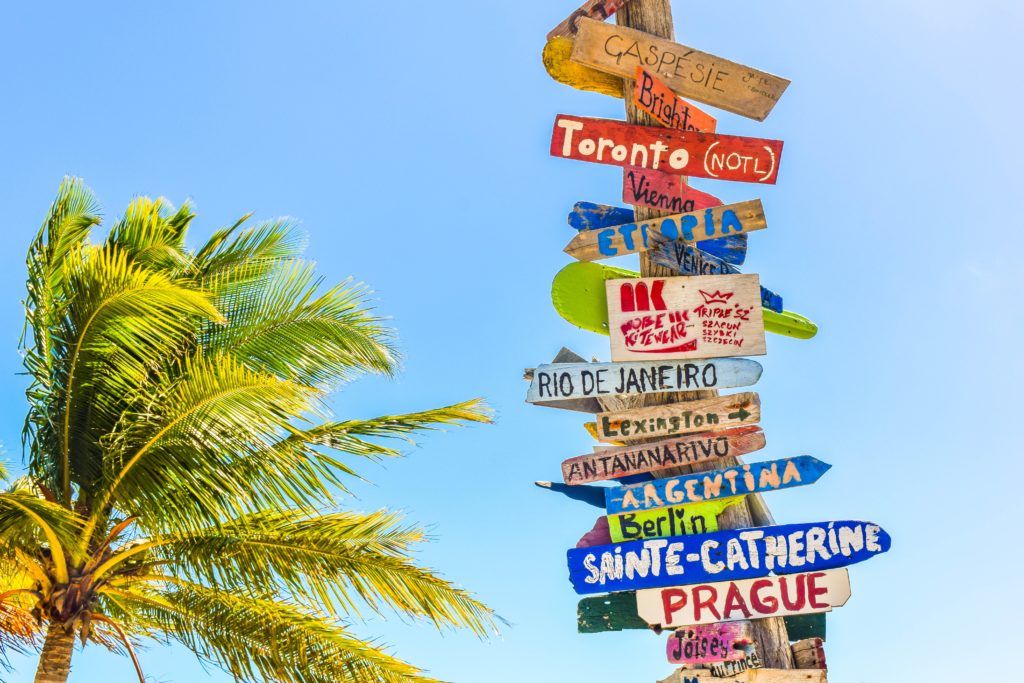Digital gaming is one of the most popular hobbies in the world. Whether through old video games, newer entries, or even the world of online gambling, the many forms which gaming takes never leaves us wanting for choice. The problem with this, especially when it comes to traditional video games, is that cost can often be an inhibiting factor.
A mobile phone or console can cost hundreds as a platform, whereas a gaming PC can easily cost over a thousand dollars. Games that cost upwards of $60 on top of this can be the straw breaking the camel’s back, so how might we save on this front, so our money goes further?
Searching Out Bonuses and Savings
One of the most important components of saving money when buying games comes from the fact that not all shops are made equal. It is only very rarely the case where physical stores will ever match up to the sales which you can find online. While second-hand games on consoles can buck this trend, the best bet is almost found online.
For traditional video game purchases, you might first check out a key selling service such as G2A. These services operate by buying digital keys of games when they’re on sale, or when they’re cheaper in another country. They can then sell these back to the consumer, legally, far cheaper than can usually be found with traditional storefronts.
For an example of this, we could look at the immensely popular GTA 5. The regular price for this game on storefront Steam sits at around $35. Using G2A, users could pay as low as $13. The savings here make this choice a no-brainer. Here is a handy screenshot from G2A so you can see what their interface looks like.
When it comes to online casinos to play, this concept is often much simpler. There are many comparison websites out there that search out promotions like a PartyCasino bonus code for a player. This means less time, money, and effort wasted searching the wide realm of online services, with benefits like deposit matches allowing more play for less investment.
Premium Gaming Services
Another growing path in the world of gaming comes from the rise of premium gaming services. Available over mobile, desktop, and consoles, these effectively act as subscription services, usually at a cost of around $1 to $20 a month. During the subscription period, players can gain access to dozens or even hundreds of games.
Many of these services even include access to new releases. For an example of this, we could use The Outer Worlds, which was released on the Xbox Game Pass as well as regular stores. To purchase the game would cost around $60 but, due to a special from Microsoft, users of the Game Pass could get a month’s access to this game and many others for just $1.

“The Outer Worlds” (CC BY 2.0) by SnakeDrone
The last part of this equation comes down to simple budgeting on a month to month basis. This is especially important when it comes to subscription services if you’re only after one or two specific games. Feel free to change your choice depending on new games you want to play, and what sort of time you have available, and you’re guaranteed to get all the more from your experience.
Whether for yourself or your family, check out these tips, and you’ll be surprised at just how much you can save.






